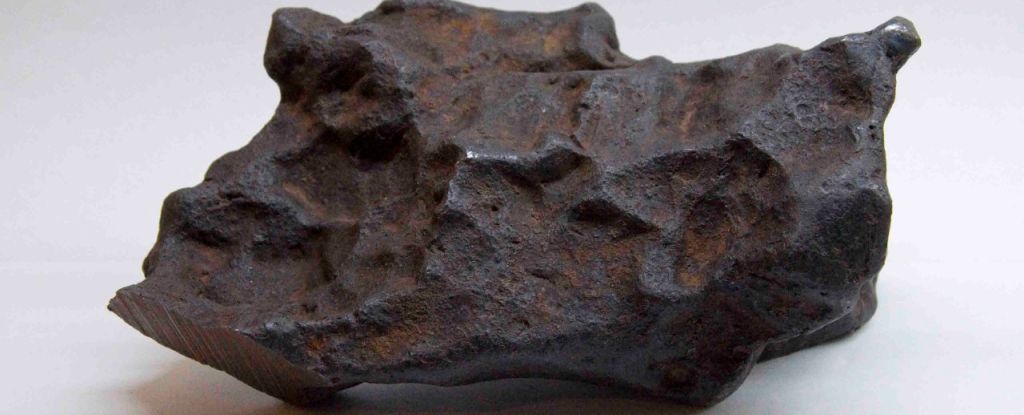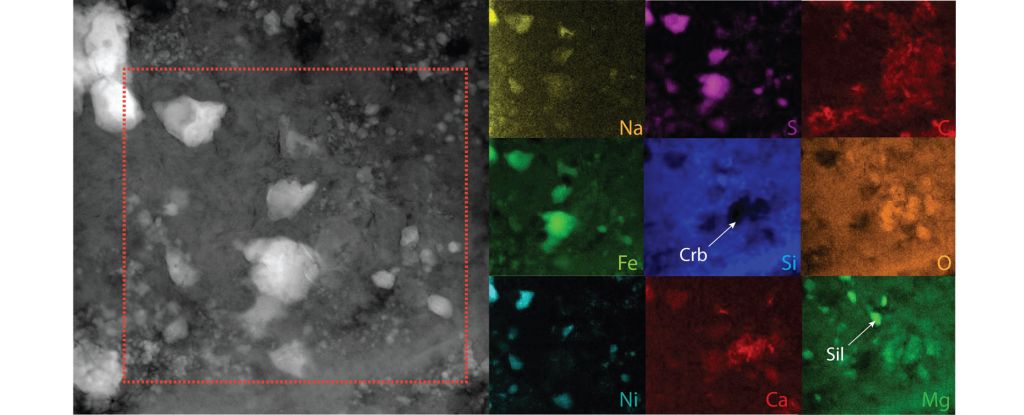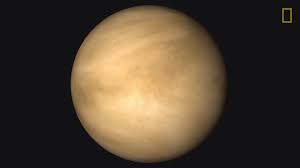
New studies led by researchers at the University of Central Florida offer for the first time a clearer picture of how the outer solar system formed and evolved based on analyses of trans-Neptunian objects (TNOs) and centaurs.

The shape of the Solar System was once a little more on the doughy side. Before it arranged itself into a flattened disk, the distribution of dust and rocks had more in common with a donut than a pancake.

A lot as changed in the 4.5 billion or so years since the Solar System first came together from a disk-shaped cloud of swirling dust and gas.

A new study details dissociative recombination, which may have led to Venus losing its water.

A team of scientists have found that a single meteorite was likely responsible for creating billions of craters on the Martian surface.

According to an analysis of grains collected from asteroid Ryugu, at least part of the carbon-rich rock started its life much farther from the Sun before ending up in the asteroid belt and then, ultimately, at roughly Earth's distance from the Sun.

An international team of researchers studying dust samples retrieved by the Hayabusa-2 space probe, has found that some of its dust grains are older than the solar system.

The Winchcombe meteorite is an extremely rare type called a carbonaceous chondrite and is thought to date back to the beginning of the solar system. It is rich in water and organic matter.

New work reveals the likely original locations of Saturn and Jupiter. These findings refine our understanding of the Solar System's unusual architecture, including the ejection of an additional planet between Saturn and Uranus.

Researchers have found what may be remnants of the solar system’s largest impact structure, ancient concentric troughs that extend across almost the entire surface of Jupiter’s moon Ganymede.